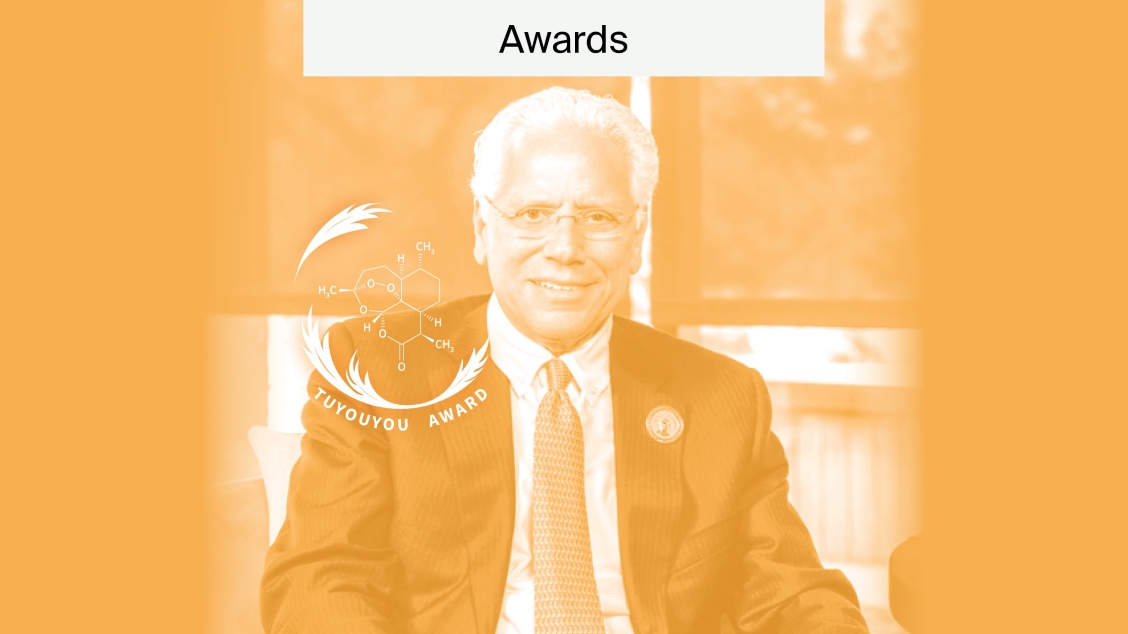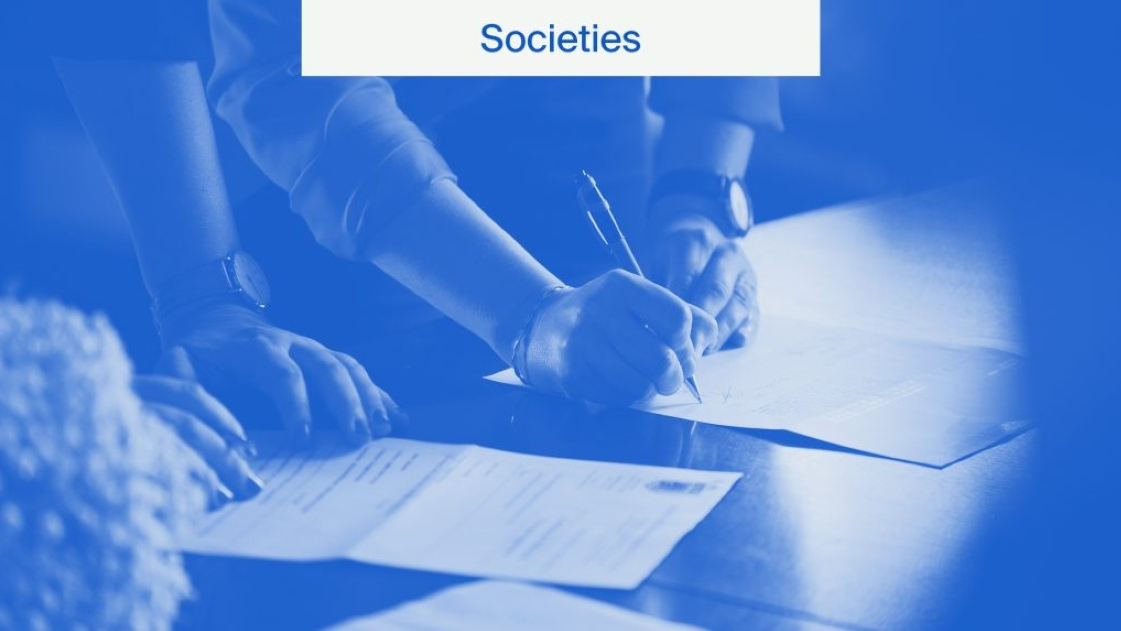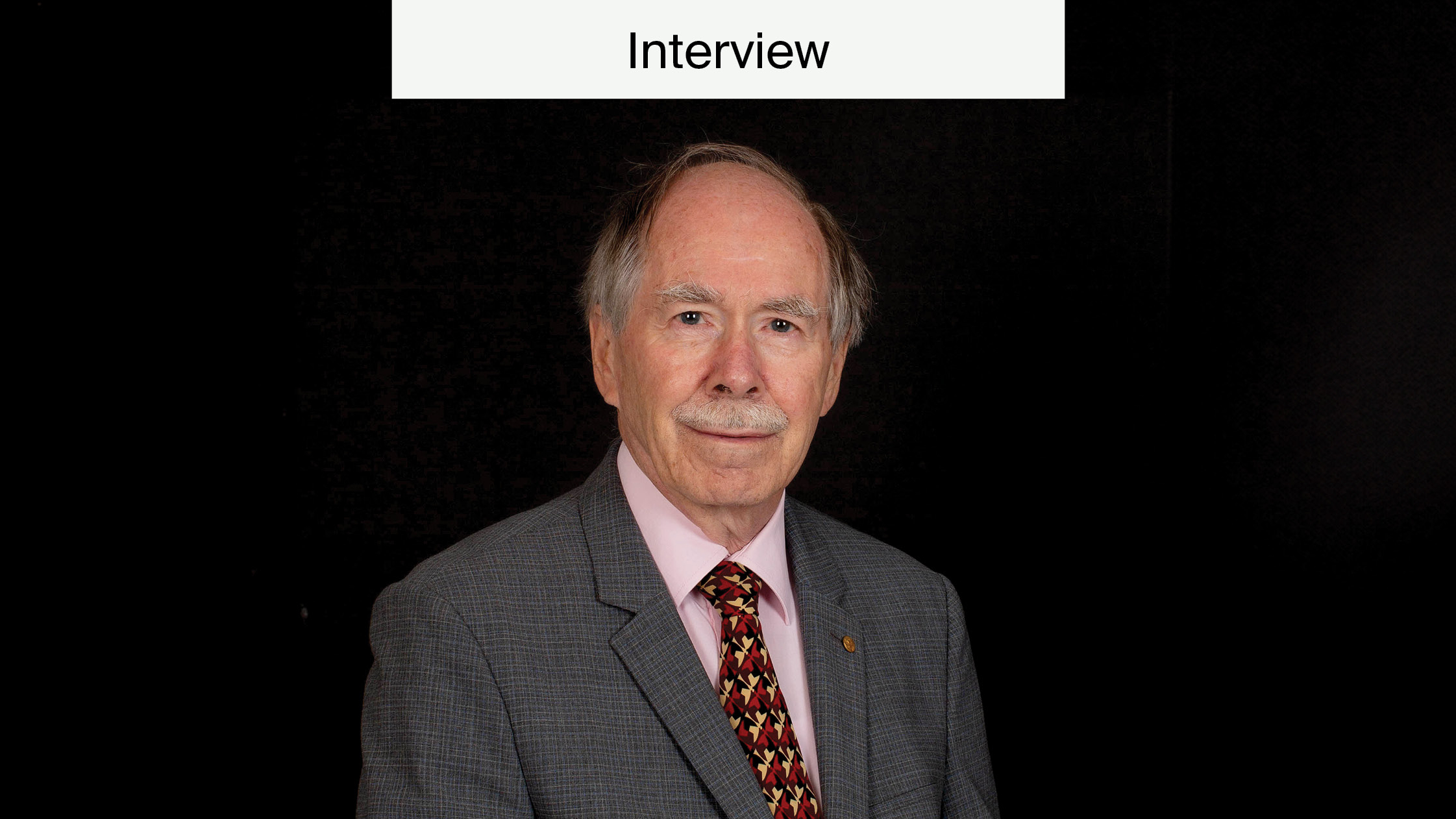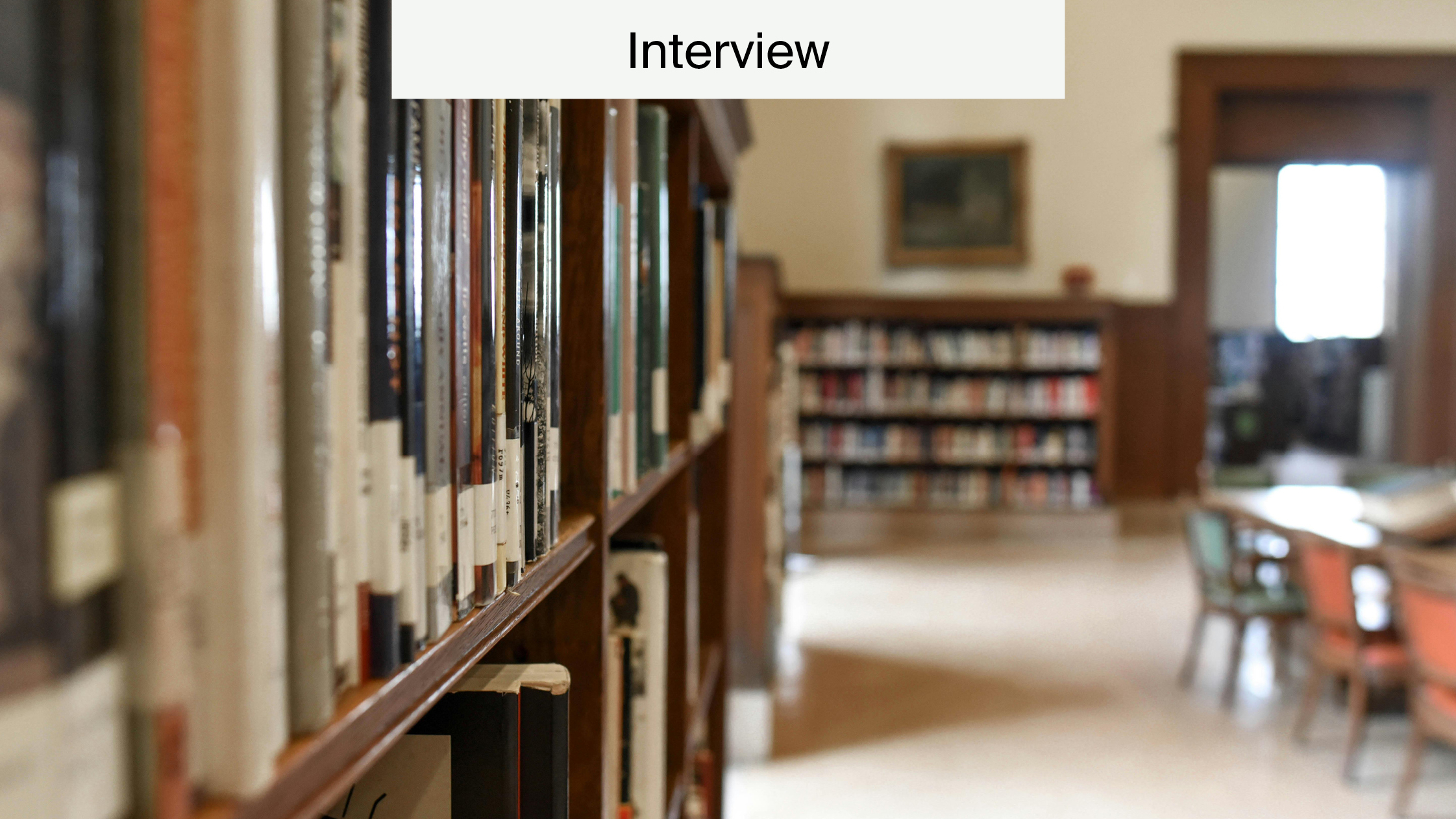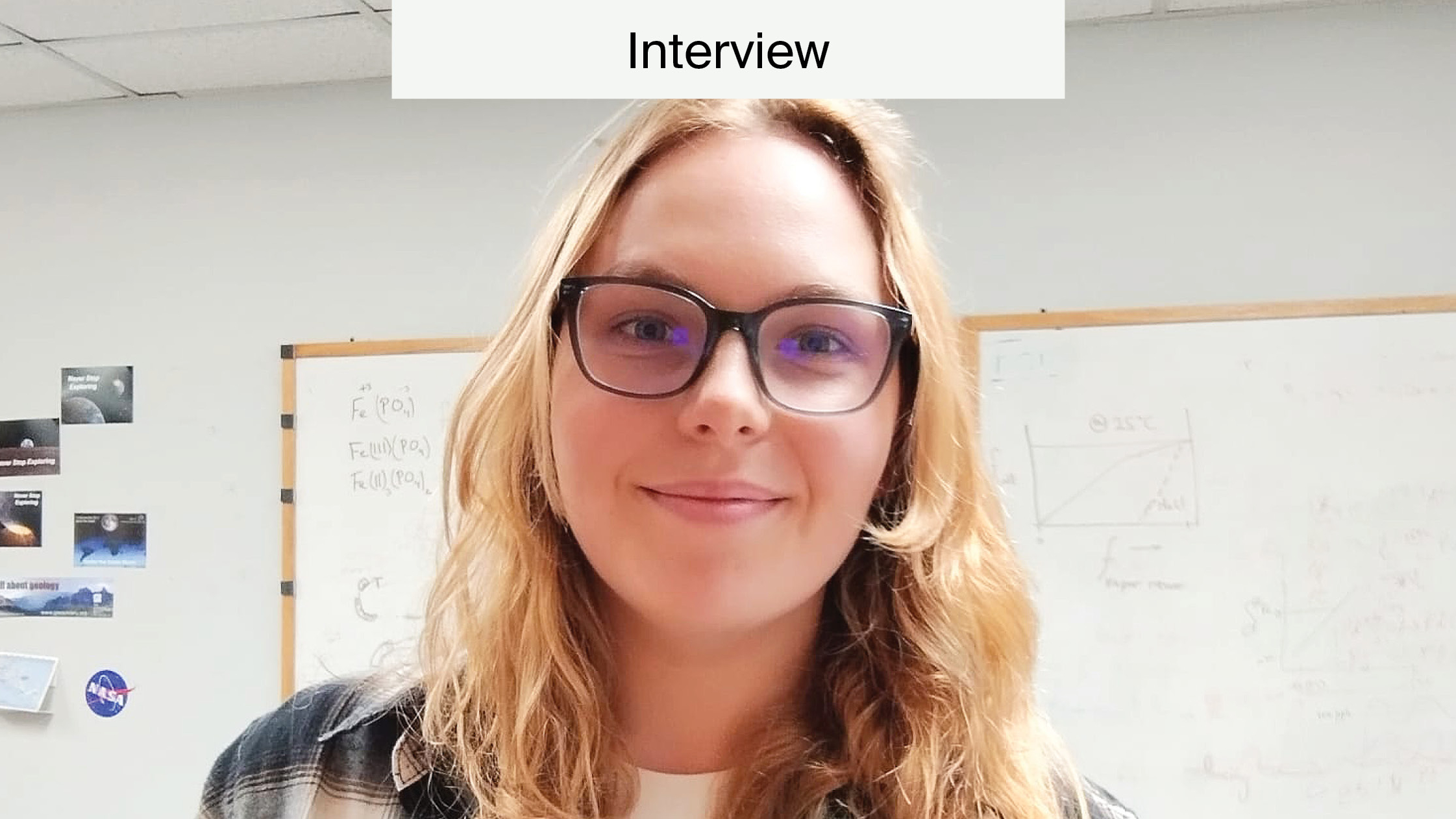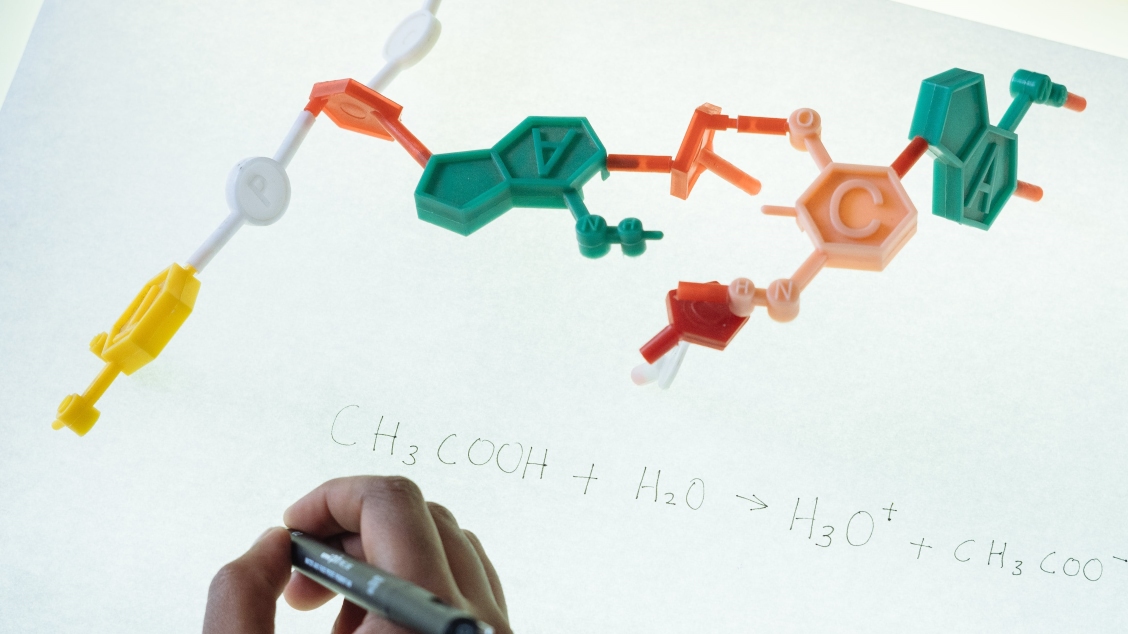
Hideo Kimura—Hydrogen Sulfide, an Endogenous Neuromodulator
This year marks the 25th anniversary of the publication of Professor Hideo Kimura’s classic paper, where he proposed that hydrogen sulfide (H2S) biosynthesis in the brain may serve as an endogenous neuromodulator. This paper stimulated the interest of many scientists to explore the biological roles of H2S, which, in previous centuries, was almost exclusively viewed strictly as an environmental toxin. In the past 25 years, intensive scientific work has also begun to explore the biosynthesis and functional roles of H2S as an endogenous mammalian enzymatic product in health and disease.
Over 30,000 papers have been published on the biological roles of H2S in this time period. Professor Kimura has remained at the forefront of the field and has pioneered, among others, some of the neurobiological and neuropathological roles of H2S, as well as the biological role of polysulfides, a group of related endogenous reactive regulatory species. The journal Biomolecules recently ran a Special Issue, commemorating the work of Professor Kimura.
Special Issue on Professor Kimura
The Special Issue focuses on the role of hydrogen sulfide and polysulfides in the regulation of the various mammalian cells and tissues in health and disease. The Issue is edited by Prof. Csaba Szabo (University of Fribourg, Switzerland), who has also been active in the field of H2S biology over the last 15 years. The Special Issue will begin with a short review of Professor Kimura’s contributions to the field, followed by original research articles and reviews on all aspects of the molecular mechanisms and functional action of H2S and polysulfides in health and disease. The following interview was conducted with Prof. Kimura by Prof. Szabo via a series of email exchanges in January 2021.
Professor Hideo Kimura interview
Prof. Csaba Szabo (CS): Tell us about the history of the Abe/Kimura paper that is now 25 years old? What inspired you to explore the biological role of endogenously produced H2S in the brain?
Professor Hideo Kimura (HK): I was interested in gaseous signaling molecules and looking for those other than NO. I found a metabolic map which showed that H2S might be produced in mammals, and the paper reported endogenous H2S in the brain. These observations suggested that H2S might have a physiological role. When I started the project on H2S, Dr. Kandel’s group, Dr. Snyder’s group, and Dr. Stevens’ group, working next door to me at the Salk Institute, published that carbon monoxide is a retrograde neurotransmitter.
Professor Kimura (right) in front of a natural source of hydrogen sulfide: the sulfurous emissions called “Volcano Solfatara” in Pozzuoli, near Naples, Italy. The photo was taken at the International H2S Meeting in Naples in 2016. Middle: Professor Csaba Szabo; Left: Professor Louis Ignarro, nitric oxide pioneer and Nobel Laureate (1998), who served as Honorary President of the meeting.
New field of biology
CS: Solomon Snyder wrote a very enthusiastic commentary on the Abe/Kimura paper, and predicted that it will draw a lot of interest to a new field of biology. And yet it seems that for several years your colleagues did not seem to pay much attention to your findings, and there were no follow-up studies from independent groups. How did this make you feel?
HK: The next year after the Abe/Kimura paper, we demonstrated H2S relaxes vascular smooth muscle in synergy with NO together with CSE as another H2S-producing enzyme. It opened the study of a crosstalk between H2S and NO. In 1998 or 1999 I peer reviewed a paper that was almost a copy of Hosoki’s paper. That paper had not been published. In 2000, I published that H2S increases the levels of cAMP. Others also published that H2S can modulate hypothalamo-pituitary–adrenal axis function, and vasorelaxant effect of H2S. Even for Dr. Snyder, it took a decade to publish his first paper on hydrogen sulfide in collaboration with Dr. Wang.
In 1999 I moved to the National Institute of Neuroscience, Japan, and I mostly devoted my time to the National Project (Millennium Project, 2000–2004,) in which I organized the Dementia study group to find single nucleotide polymorphism (SNP) related to Alzheimer’s disease. I was not able to concentrate only on the study of H2S.
Unusual field of hydrogen sulfide
CS: In the years prior to the Abe/Kimura paper, at the Salk Institute, you had pioneered other research directions; some of the papers outlining these findings—e.g., on amyloid beta protein-related neurotoxicity, or schwannoma-derived growth factor (now known as amphiregulin)—were published in the most prestigious journals like Nature and PNAS. Did you ever regret that you abandoned these directions and focused on the strange and unusual field of H2S instead?
HK: My mentor, Dr. David Schubert, who was a student of Francois Jacob, Nobel Laureate, and professor at Salk Institute, who unfortunately passed away last year, had established many brain cell lines. He identified several growth factors, and one of them was Schwannoma-derived growth factor (SDGF), the purification and cloning project of which I joined. I found SDGF can be transported into the nucleus to exert a part of its activity like fibroblast growth factor (FGF).
Other studies
I had also studied neuronal glutamate toxicity, the generation of amyloid beta protein aggregation, and the involvement of amyloid precursor protein in neuronal transmission. In another project related to Alzheimer’s disease, to find a protein which can interact with presenilin, the catalytic subunits of the gamma-secretase intramembrane protease protein complex, we identified presenilin binding protein (PBP), which was renamed as modifier of cell adhesion (MOCA), and finally settled as dedicator of cytokinesis 3 (Dock3), a guanine nucleotide exchange factor involved in the intracellular signaling network, which specifically activates a small G protein, Rac.
When we successfully identified PBP, Dave (Schubert) jokingly said “From now on, this old man is your competitor” and encouraged me to proceed with the project. Already at that time I had published the first two papers on H2S.
I didn’t regret abandoning other directions and focusing on the strange and unusual field of hydrogen sulfide.
Important observations on hydrogen sulfide
CS: From the 25 years you have devoted to H2S biology, what do you consider your three most important observations (other than those outlined in the Abe/Kimura paper?)
HK: The first one could be our 1997 study on vascular effects of H2S. This was the first paper which showed the relaxant effect of H2S on vasculature, and it led to the study of the crosstalk between H2S and NO. We later proposed that polysulfides (H2Sn) are the chemical entity to be produced from H2S and NO. HNO and SSNO- have been proposed by others. The second one could be our 2004 paper in FASEB Journal. This is the first paper that showed the cytoprotective effect of H2S. The third one could be our 2013 paper, also in FASEB Journal.
This paper demonstrated that polysulfides (H2Sn) act as H2S-derived signaling molecules which activate TRPA1 channels. In this paper we also showed that garlic-derived polysulfides—dimethyl trisulfide (DMTS) and diallyl trisulfide (DATS)—have a similar activity to H2Sn. Prior to this study we had found that H2Sn exerts a Ca2+-influx inducing activity in astrocytes, and, in this regard, it is much more potent than H2S, and showed that TRP channels are the target, but we didn’t determine which type of TRP channel until this paper.
Experience in publishing
CS: All of us who work in hydrogen sulfide, from time to time, receive very weird reviewers’ comments and paper rejections. Do you have any memorable ones that you can share with us?
HK: The first two papers, Abe & Kimura, 1996 and Hosoki et al., 1997 were rejected by several journals.
CS: I am aware of another scientist named Kimura, who worked with Ferid Murad for many years and contributed to the work of Dr. Murad in the field of guanylate cyclase that was awarded with a Nobel Prize. Do you know or do you have any relationship with this other Kimura?
HK: I don’t know or have any relationship with the Dr. Kimura who collaborated with Dr. Murad. Kimura is the 17th most popular name in Japan and approximately four out of a thousand people are named Kimura.
Professor Kimura’s current work
CS: You have recently switched academic positions in Japan. This is perhaps somewhat unusual for an established scientist in Japan. What inspired this change, and what is your current research group working on?
HK: In our country the retirement age is specified. In most universities it is 65, and in national institutes it is 60. I retired the National Institute of Neuroscience at 60 and moved to the present university. Only a small number of famous scientists like Nobel laureates and some prestigious award winners can stay as specially assigned professors. Our current research group is still working on physiological roles of H2S and polysulfides.
CS: What are the areas in which you predict the earliest clinical translation(s) of all this H2S-related work in diagnosis or therapy?
HK: Anti-inflammatory effect may be the earliest clinical translation. I heard that ATB-346 (a non-steroidal anti-inflammatory compound that incorporates a H2S donor group) for osteoarthritis is in Phase 3. GIC-1001, IK-1001, and SG1002 have been or are currently in clinical trials, and there are many pre-clinical ones. It is nice to see the clinical translation of some of the basic science findings around hydrogen sulfide.
Biomolecules journal
CS: Many thanks for answering my questions, and I wish you good health and many more productive and successful years in H2S science.
HK: And the same to you. It was a pleasure chatting with you.
Biomolecules is a peer-reviewed, Open Access journal on structures and functions of bioactive and biogenic substances, molecular mechanisms with biological and medical implications as well as biomaterials and their applications. Biomolecules is published monthly online by MDPI. Clear here to visit the journal homepage.


